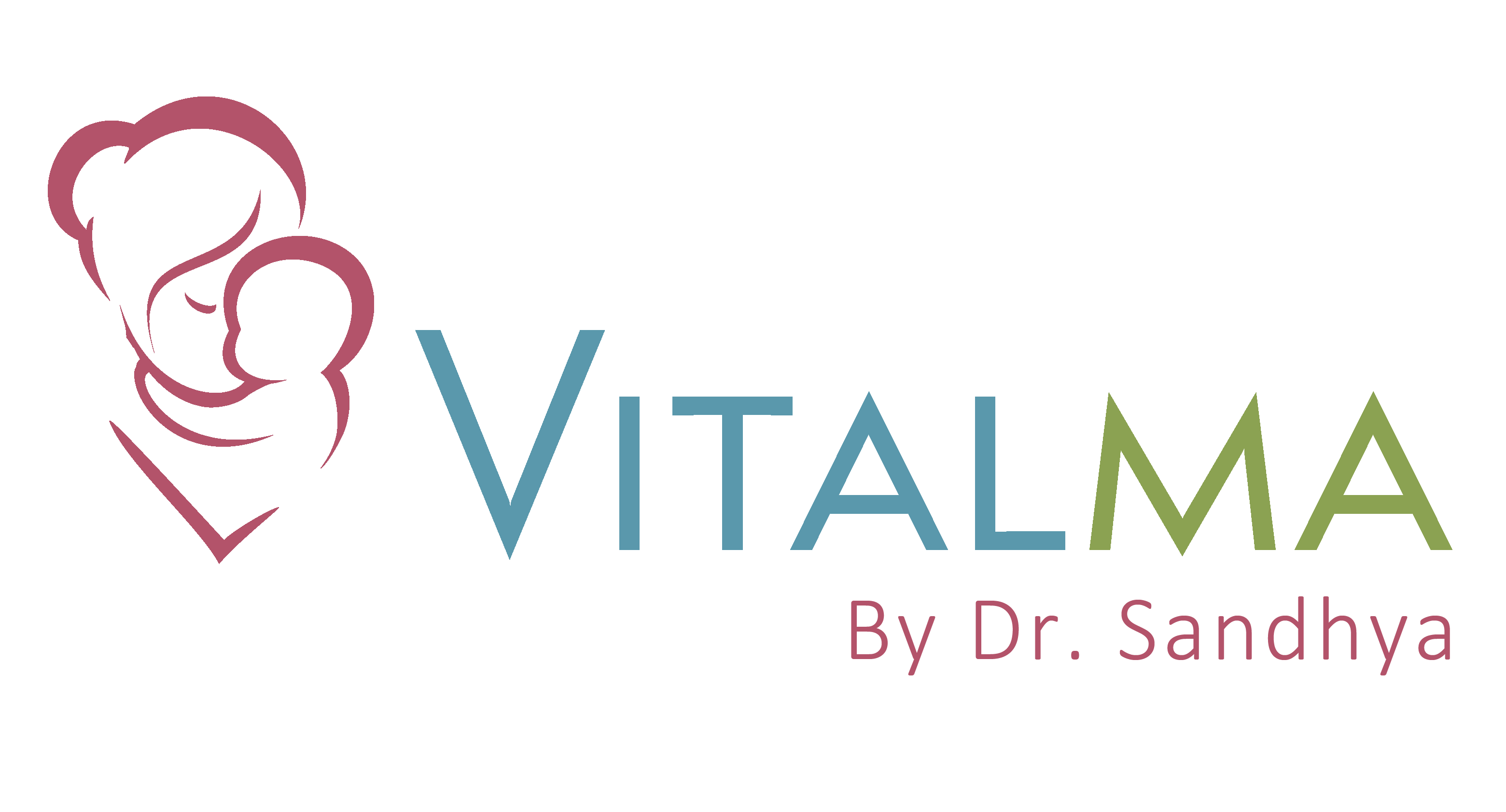By Siyona Varghese
Hand-eye coordination is a crucial developmental skill that plays a significant role in a child’s ability to learn and perform everyday tasks. It involves the ability to process visual input and guide hand movements accordingly. From early childhood through adulthood, strong hand-eye coordination enhances academic success, motor skills, and even cognitive abilities. Understanding its importance can help parents and educators support children in developing this essential skill.
The Role of Hand-Eye Coordination in Learning
Hand-eye coordination influences several aspects of a child’s development, including:
Fine Motor Skills Development – Activities like writing, drawing, and cutting require precise control of hand movements based on visual information.
Cognitive Growth – Coordinating hands and eyes helps strengthen neural connections in the brain, improving problem-solving and memory.
Reading and Writing Proficiency – Tracking words on a page and forming letters correctly depend on strong hand-eye coordination.
Mathematical Skills – Activities such as counting objects, drawing shapes, and using tools like rulers require coordinated visual and motor skills.
Physical Activities and Sports – Playing sports, throwing a ball, or even using a computer mouse rely on this coordination.
Self-Care and Independence – Tasks like buttoning a shirt, tying shoelaces, or using utensils depend on well-developed hand-eye coordination.
Activities to Improve Hand-Eye Coordination
Parents and educators can encourage hand-eye coordination through engaging activities such as:
Building with Blocks or Puzzles – Helps with spatial awareness and fine motor control.
Coloring and Drawing – Enhances pencil grip and control for writing.
Playing Catch or Hitting a Ball – Improves reaction time and depth perception.
Threading Beads or Lacing Cards – Strengthens fine motor precision.
Cutting with Scissors – Develops control and dexterity in hand movements.
Using Digital Tools Responsibly – Learning to use a mouse or touchscreen also refines coordination.
The Long-Term Benefits of Strong Hand-Eye Coordination
Developing good hand-eye coordination in childhood contributes to lifelong skills, including:
Academic Success – Helps in reading, writing, and logical reasoning.
Sports and Physical Fitness – Essential for athletic performance and physical well-being.
Technological Adaptability – Important for using modern tools, including computers and tablets.
Career Readiness – Professions like surgeons, artists, musicians, and engineers require refined coordination skills.
Conclusion
Hand-eye coordination is a fundamental skill that supports a child’s academic, physical, and social development. By incorporating activities that enhance coordination, parents and educators can set children up for success in learning and daily life. Prioritizing these skills early on fosters confidence, independence, and better overall performance in various future endeavors.
References
- https://www.slq.qld.gov.au/first5forever/blog/hand-eye-coordination-and-readiness-learn
- https://www.psychologytoday.com/us/blog/the-athletes-way/201311/hand-eye-coordination-improves-cognitive-and-social-skills

